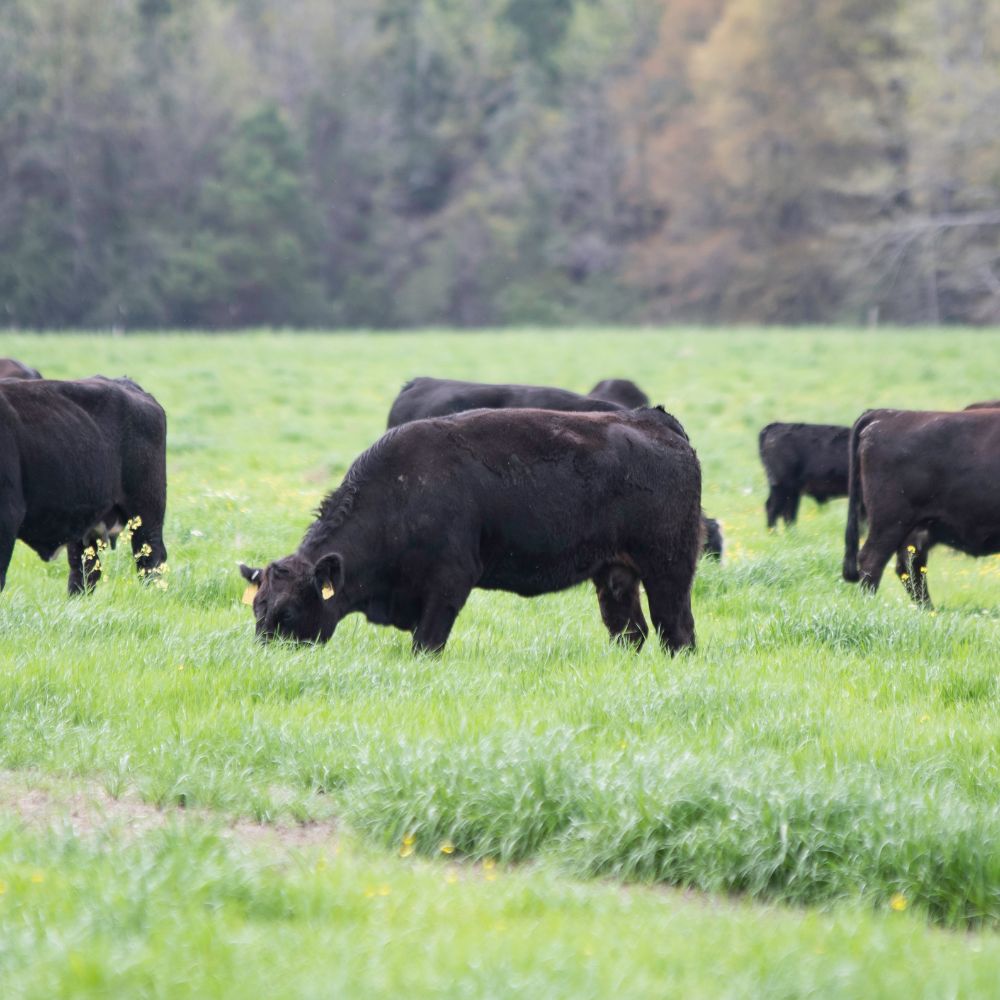The Greatest Guide To Bagley Risk Management
Table of ContentsAll About Bagley Risk ManagementSome Ideas on Bagley Risk Management You Need To KnowBagley Risk Management Things To Know Before You Get ThisBagley Risk Management Can Be Fun For AnyoneAll About Bagley Risk Management
In this manner, if prices do drop listed below that break-even factor by the end day, insurance holders are protected against a loss. This is extremely comparable to the method feedlots operate, though they make use of a conventional bush. Once a herdsman agreements their cattle with a feedlot, they hedge those cattle to secure the profit factor.This will be balanced out by the increased value of the cattle. Nonetheless, the margin remains basically the exact same. With LRP Insurance coverage, ranchers safeguard versus a decrease in the futures board, however do not lose on the higher return when rates go up. To state that livestock markets can be unpredictable is a little an understatement.
They do this by selecting a lower percent of the projected ending worth - LRP Insurance. This is a terrific technique for those trying to find lower premium rates or that have a greater danger resistance because of strong fiscal health. This approach might not secure earnings, however it can safeguard against major market decreases
There is not a great deal of protection or protection on a month-to-month basis, but if there is a major crash, producers have the comfort that comes from knowing they will just be in charge of a specific amount expense. Just keep in mind, wish for the most effective however plan for the worst.
See This Report about Bagley Risk Management

Making use of LRP as protection for backgrounded livestock, or cattle on feed, helps mitigate that threat by protecting the expected worth of the animals. Feeder livestock can be covered up to a 900-pound predicted end weight and fed cattle can be covered up to a 1,400-pound end weight. With several weight classes to select from, it is possible to cover animals through the feedlot to the packer rail.
Applications can take several days to process and simply filling up one out does not secure the applicant into a plan. When the application is approved and prepared, the LRP recommendation, with its end day and predicted ending value, can be secured in rapidly. This enables herdsmans to cover calves when the rate is ideal for their market threat administration objectives.
Photo Courtesy USDA-NRCS Rates for calves, feeder cattle and finished livestock have actually set some new records this loss and very early winter months. A combination of conditions has actually precipitated these historical costs. There is currently a whole lot of careful optimism on the component of cow-calf producers as they take a look at the future.
The Buzz on Bagley Risk Management

There are some benefits to manufacturers in using LRP insurance policy as contrasted to a conventional feeder livestock contract or acquisition of a choice - LRP insurance. One is the flexibility in the number of cattle that can be guaranteed. There is no lower limit to the number of livestock that can be guaranteed
There is no obligation to offer cattle on which you have purchased LRP Feeder Livestock coverage. You may choose to maintain ownership and still be qualified for the indemnity should the Actual End Worth drop below your Coverage Rate. You might market cattle covered by LRP any time, gave the transfer of ownership does not occur even more than 60 days prior to the LRP Agreement End Date.
If cattle die and your Ag, Risk Consultant is notified within 72 hours of you finding out of the death, the coverage remains effectively, and the manufacturer is qualified for indemnities due to cost loss, also on those animals which perished. Yes! Calves can currently be covered before hooves hit the ground.
More About Bagley Risk Management

Applications make sure new clients can be pre-approved to create an LRP policy It is complimentary! Action 2) Lock in a Special Coverage Endorsement (SCE) when you locate a quote that meets your objectives (Livestock risk protection insurance). Together, we'll secure your investment.
With the never-ending change and unpredictability of the market, Livestock Danger Security (LRP) is something all livestock manufacturers need to consider. The primary purpose of LRP is to secure versus the unexpected down rate activity in the market by establishing a base on any offered day and type of cattle you wish to insure.
The Definitive Guide to Bagley Risk Management
There are a selection of protection degree alternatives ranging from 70 to 100 percent of the anticipated finishing value (https://bagleyriskmng.start.page/). At the end of the picked insurance policy period, if the actual ending value is below the coverage price, you will certainly be paid an indemnity for the difference in price. Producer expects to market 1,000 head of 11cwt livestock and picks coverage of $66
As of 2020, LRP (Cattle) is now offered in all states when the market is readily available. Fed Livestock with finishing weights between 1,000lbs-1,400 lbs that will be marketed for slaughter near the end of the insurance duration.